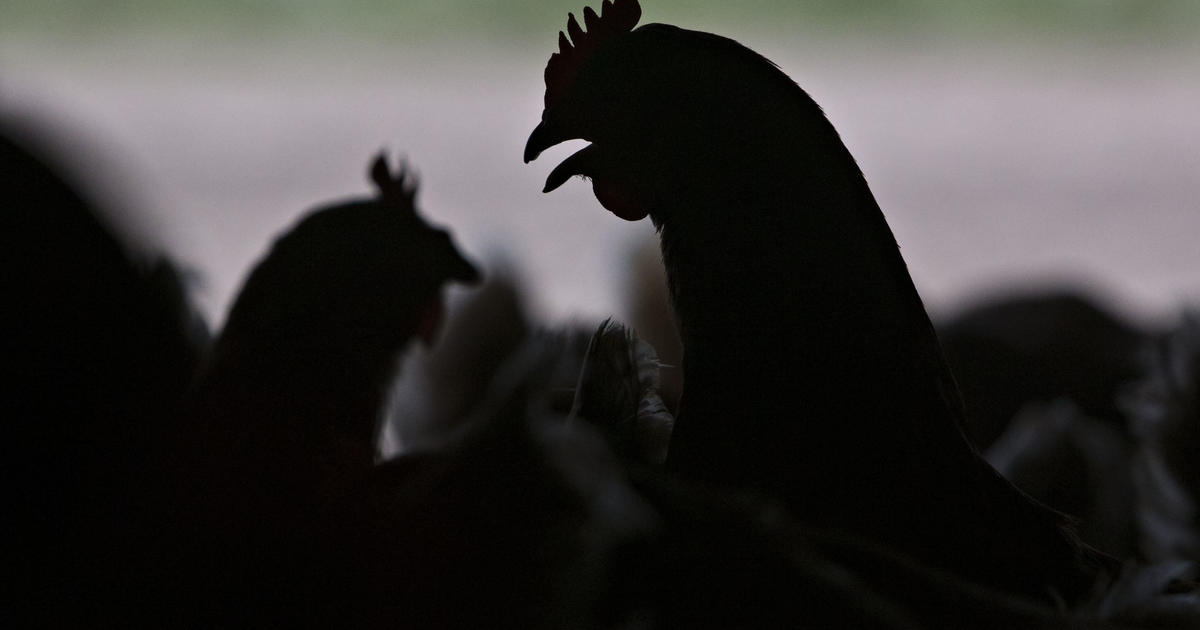What is Alaskapox? Symptoms to know after death brings attention to virus
News that an elderly man in Alaska has died from Alaskapox — the first known fatality, according to state health officials — has brought newfound attention to the recently discovered virus.
The man, who lived in the remote Kenai Peninsula and had a suppressed immune system due to cancer treatments, was hospitalized in November and died in late January, according to a bulletin released Friday by Alaska public health officials.
Alaskapox, also known as AKPV, is part of a group of viruses called orthopoxviruses, which infect mammals and cause skin lesions, according to the Alaska Department of Health.
First discovered in 2015, Alaskapox is related to smallpox, cowpox and mpox, officials said.
Though it's unclear how the man contracted the virus, officials said it's possible that it could be linked to a stray cat that lived with him.
The news comes as health officials in Oregon recently confirmed a rare case of human plague in a resident who was likely infected by their pet cat.
Alaskapox symptoms
The Alaska Department of Health said symptoms of Alaskapox can include:
- One or more skin lesions
- Rash
- Swollen lymph nodes
- Joint or muscle pain
"Several Alaskapox patients initially thought they had a spider or insect bite," the health department notes.
Dr. Joe McLaughlin, state epidemiologist and chief of the Alaska Section of Epidemiology at the Alaska Department of Health, told CBS News that the general recommendation in Alaska is to see your healthcare provider if you have a lesion that looks like it could be Alaskapox.
"Even if their symptoms are mild, we want to do a better job of characterizing the burden of illness that's occurring in humans associated with this virus," he said. "And anybody who has underlying medical conditions or is immunocompromised might be at increased risk for more severe infection, so getting in to see a health care provider early for those folks especially, is going to be important to make sure that they are given the correct advice and perhaps started on treatment to help prevent progression."
Dr. William Schaffner, a professor of infectious diseases at Vanderbilt University Medical Center, also encouraged individuals experiencing these symptoms to seek medical attention.
"Even if you haven't been to Alaska and you have symptoms like that, you have to ask, could it be smallpox? That's yet another reason to go to a medical care provider and get it looked at and diagnose it," he said.
How does Alaskapox spread?
It's unclear exactly how Alaskapox is transmitted, but researchers said it may be zoonotic, meaning it can jump from animals to humans.
In the bulletin about the AKPV-caused death, officials said tests found evidence of current or previous infection in several species of small mammals in the Fairbanks area, including red-backed voles and at least one domestic pet.
"It's usually (spread) through close contact with wild animals and these little rodents," said Schaffner. "Domestic cats — if they get close to these rodents, and actually kill them — can infect their mouthparts or their nails. And then when it comes into the house, can actually scratch someone or give them a little bite and thus transmit the infection."
While the cat in the latest case tested negative for the virus, it "regularly hunted small mammals and frequently scratched the patient," the bulletin said, meaning it's possible the cat had the virus on its claws when it scratched him.
The bulletin said a "notable" scratch near the armpit area where the first symptom — a red lesion — was noted.
How to protect against Alaskapox
In addition to taking precautions around wildlife to avoid potential Alaskapox infections, officials also recommend being cautious of skin lesions that may have been caused by the virus.
"To date, no human-to-human transmission of Alaskapox virus has been documented. However, since certain orthopoxviruses can be transmitted through direct contact with skin lesions, we recommend that people with skin lesions possibly caused by Alaskapox keep the affected area covered with a bandage," the Alaska Department of Health said.
Officials also recommend to avoid sharing bedding or other linens that have come into contact with the lesion.
McLaughlin said officials haven't seen any evidence yet of domestic pets showing specific signs or symptoms of Alaskapox virus infection.
"It's not to say that that couldn't happen — certainly pet owners should be aware if they have a pet that has lesions or open wounds. Have a low threshold for bringing their pet into see a veterinarian for evaluation," he said.
How common is Alaskapox?
Only six other cases of the virus have been reported to Alaska health officials since the first one in 2015. All involved people were living in the Fairbanks area, more than 300 miles from the Kenai Peninsula, according to health officials.
Nearly all patients had mild illnesses that resolved on their own, without being hospitalized, after a few weeks. Immunocompromised people might be at increased risk for more severe illness, officials said.
Richard Reithinger, infectious disease epidemiologist at nonprofit research institute RTI International, said the distribution of Alaskapox virus seems limited to Alaska at this time.
"It is unlikely that anyone outside of the Fairbanks area would come into contact with the virus," he said, making the risk of Alaskapox virus "being or becoming a major public health concern is very low."
With increased awareness around Alaskapox, it's possible officials will see more cases reported, said Julia Rogers, epidemic intelligence service officer with the Centers for Disease Control and Prevention, adding, "we don't have evidence that anyone outside of Alaska is at risk of Alaskapox."
"But we do need to do a lot more animal sampling and testing to get a better idea of what this virus looks like in the animal population throughout throughout Alaska and potentially beyond," she said.
The Associated Press contributed to this report.




